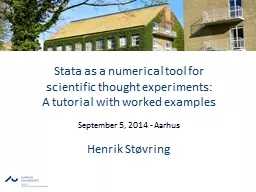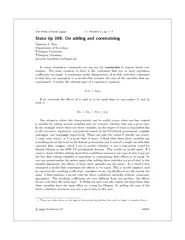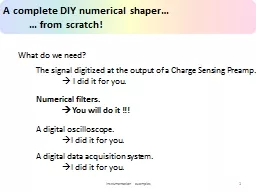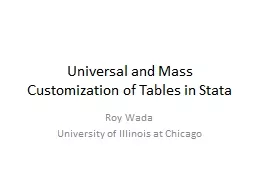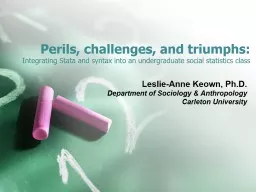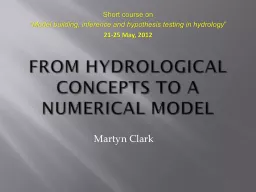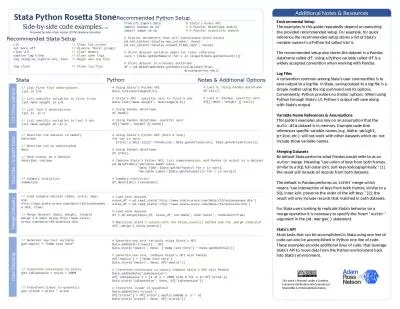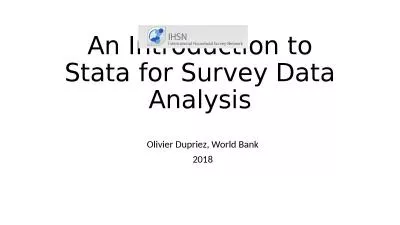PPT-Stata as a numerical tool for
Author : khadtale | Published Date : 2020-06-15
scientific thought experiments A tutorial with worked examples September 5 2014 Aarhus Henrik Støvring Acknowledgments Joint work with Theresa Wimberley
Presentation Embed Code
Download Presentation
Download Presentation The PPT/PDF document "Stata as a numerical tool for" is the property of its rightful owner. Permission is granted to download and print the materials on this website for personal, non-commercial use only, and to display it on your personal computer provided you do not modify the materials and that you retain all copyright notices contained in the materials. By downloading content from our website, you accept the terms of this agreement.
Stata as a numerical tool for: Transcript
Download Rules Of Document
"Stata as a numerical tool for"The content belongs to its owner. You may download and print it for personal use, without modification, and keep all copyright notices. By downloading, you agree to these terms.
Related Documents

